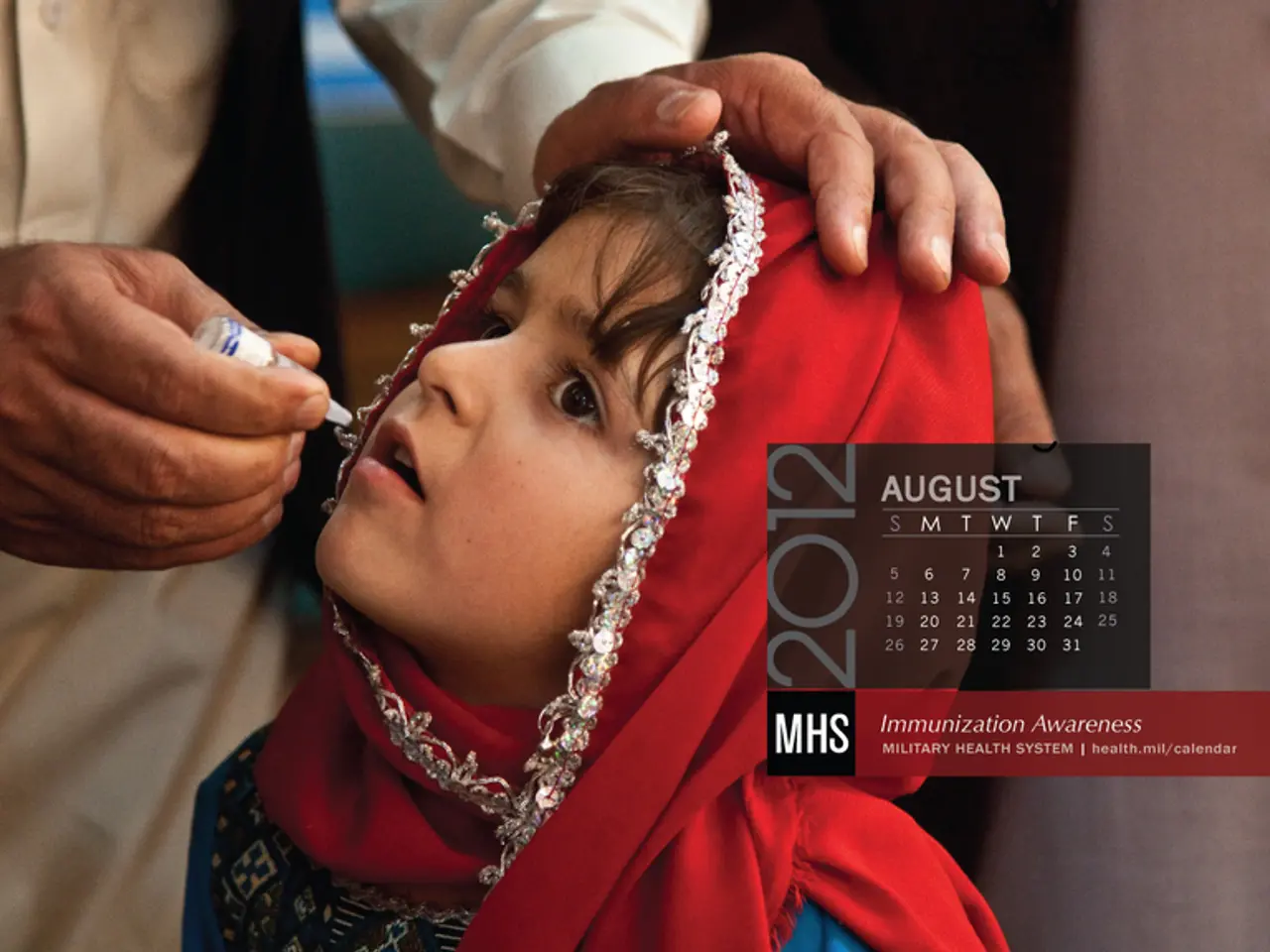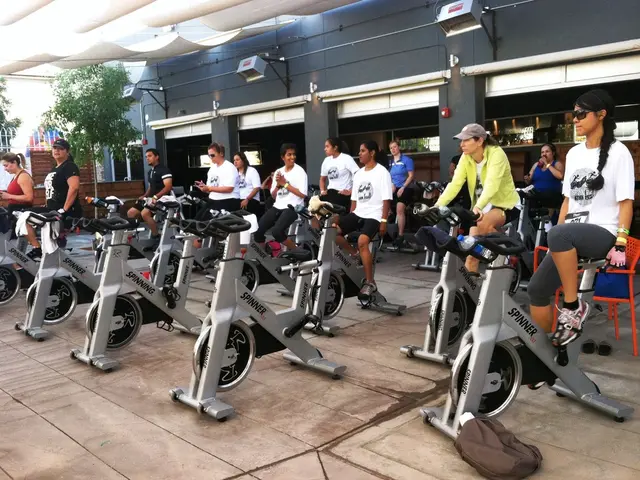Current COVID-19 Protocols: An Update
In the ever-evolving landscape of the COVID-19 pandemic, the Centers for Disease Control and Prevention (CDC) has released new guidelines for protection, quarantine, testing, vaccination, and isolation. These guidelines aim to provide clear guidance on how individuals can protect themselves and others, and manage the virus effectively.
Protection
The CDC continues to emphasise good hygiene practices such as frequent handwashing and respiratory etiquette. Cleaner indoor air strategies are also recommended when possible. In the event of symptomatic or exposure to respiratory viruses, including COVID-19, precautions like wearing high-quality masks should be implemented to prevent spread. Healthcare workers are recommended to use N95 respirators or Powered Air-Purifying Respirators (PAPRs) when caring for COVID-19 patients.
Vaccination
Vaccination remains the best available tool to prevent infection, severe illness, and Long COVID. The 2024–2025 COVID-19 vaccine formulation is currently available, with additional updates expected for the 2025–2026 vaccine season. Vaccination recommendations include age and risk-factor stratifications, with those 12 years and older with high-risk medical conditions and persons aged 65 and older being prioritised.
Testing
Testing is advised after known exposures or when symptoms consistent with COVID-19 appear. Viral culture is not recommended except for research. Routine repeated PCR testing to confirm negative status after infection is discouraged because viral RNA can persist for weeks even after infectiousness ends.
Quarantine
Quarantine is intended for individuals who have been exposed but are not yet confirmed positive. Options include a 10-day quarantine or a shortened 7-day quarantine with negative viral tests on days 1, 3, and 5 after exposure.
Isolation after Testing Positive
For those with confirmed infection (not severely immunocompromised), isolation lasts at least 10 days from symptom onset. They must have been fever-free for at least 24 hours without fever-reducing medications and symptoms must be improving. After isolation, individuals should wear a high-quality mask around others for an additional 5 days and practice distancing and hygiene precautions.
Antiviral Medications
Antiviral medications like PaxlovidTM and LagevrioTM are the standard first-line antiviral medications for people with COVID-19 infection whose symptoms don't clear up on their own. Older adults (ages 65+) should receive annual COVID-19 vaccinations, and all adults age 50 and older who contract COVID-19 are recommended to be treated with antiviral medication, even for mild infection.
These guidelines emphasise updated vaccination with the current formulas, appropriate isolation to prevent transmission, monitoring symptoms, and maintaining preventive practices to reduce spread and Long COVID risk. For detailed vaccination schedules and eligibility, the CDC vaccination resource checklist is recommended.
The CDC's guidelines are subject to change as new information becomes available and viruses mutate and adapt. It is crucial for individuals to stay informed and follow the latest guidelines to protect themselves and others.
Read also:
- Adolescent Joint Discomfort: Origins, Indicators, and Remedies
- Exploring Treatment Methods for Bladder Cancer: A Comprehensive Look
- Consequences of uterine injury post-abortion: What are common occurrences?
- Experiencing pain levels associated with bladder sling surgery: Insights on perioperative, postoperative, and beyond pain management






